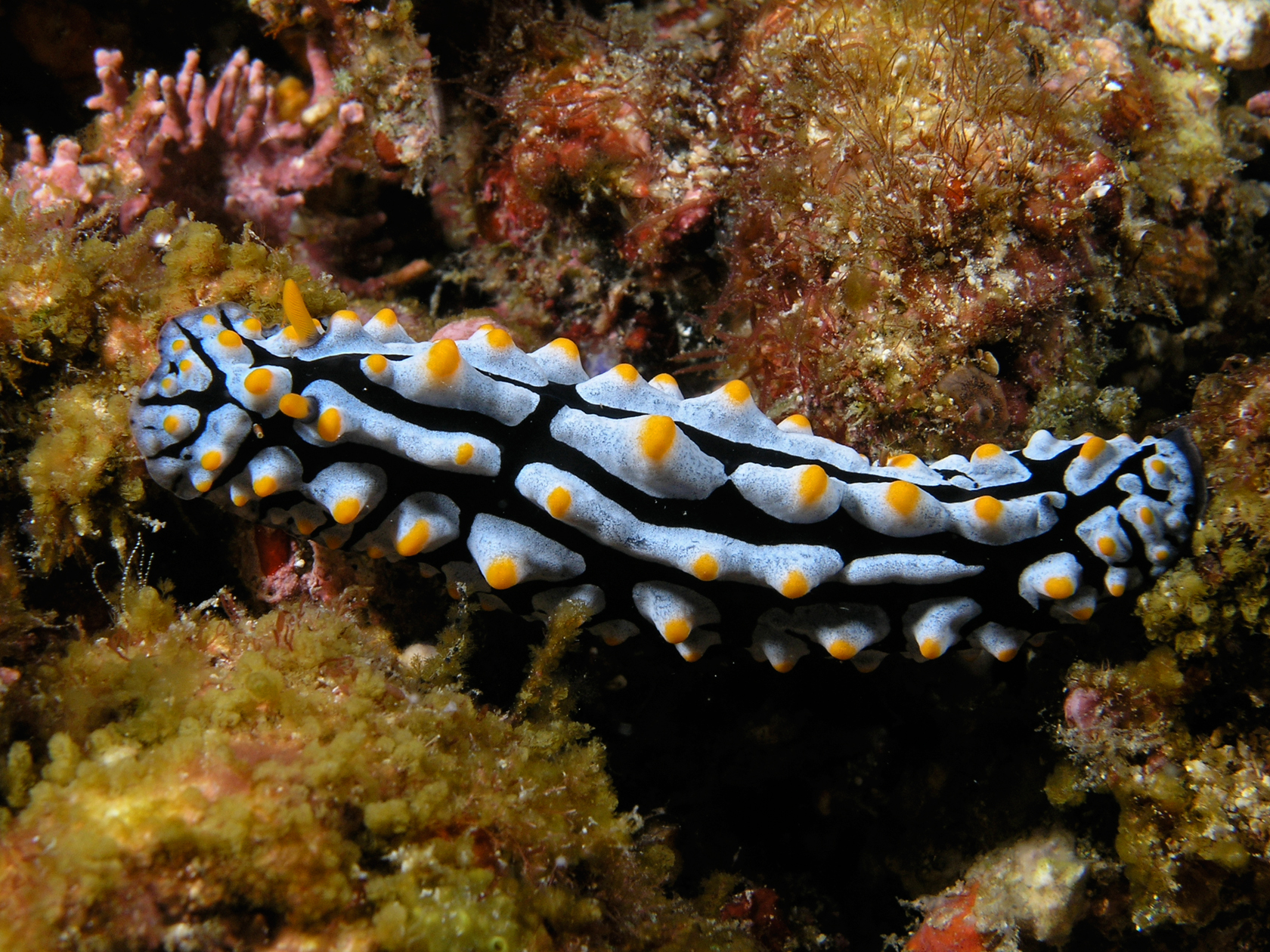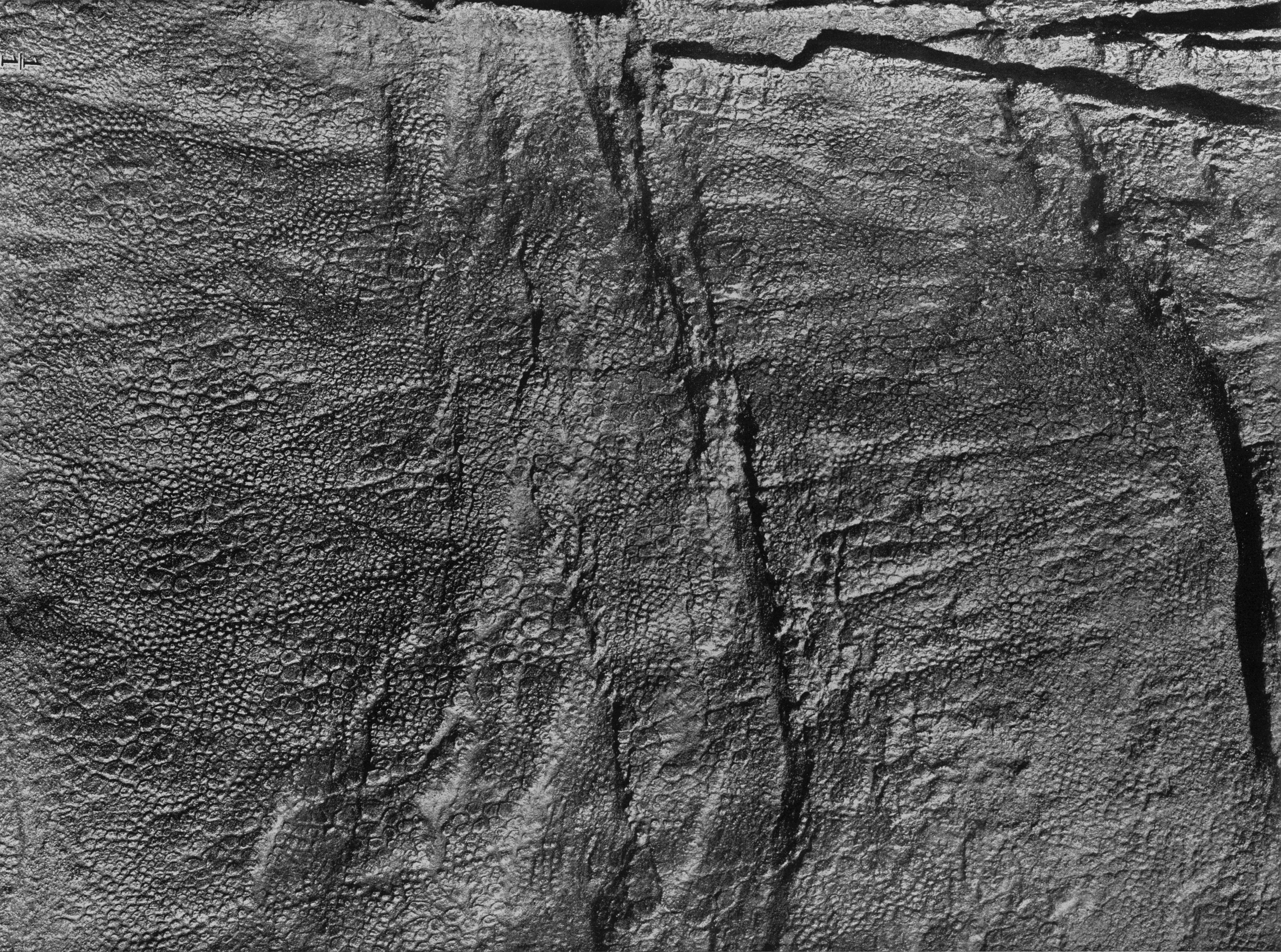|
Euhelopus
''Euhelopus'' is a genus of sauropod dinosaur that lived between 145 and 133 million years ago during the Berriasian and Valanginian ages of the Early Cretaceous in what is now Shandong Province in China. It was a large quadrupedal herbivore. Like sauropods such as brachiosaurs and titanosaurs, ''Euhelopus'' had longer forelegs than hind legs. This discovery was paleontologically significant because it represented the first dinosaur scientifically investigated from China: seen in 1913, rediscovered in 1922, and excavated in 1923 and studied by T'an during the same year.T'an, H. C. (1923). New research on the Mesozoic and early Tertiary geology in Shantung. Geological Survey of China Bulletin 5:95-135 Unlike most sauropod specimens, it has a relatively complete skull. ''Euhelopus'' was a long-necked sauropod similar to '' Mamenchisaurus'', but its affinities are controversial. Most studies favor a close relationship between ''Euhelopus'' and titanosaurs, rather than mamenchisaurid ... [...More Info...] [...Related Items...] OR: [Wikipedia] [Google] [Baidu] |
Mamenchisaurus
''Mamenchisaurus'' ( , or spelling pronunciation ) is an extinct genus of sauropod dinosaurs known for their remarkably long necks which made up nearly half the total body length. Numerous species have been assigned to the genus; however, the validity of these assignments has been questioned. Fossils have been found in the Sichuan Basin and Yunnan Province in China. Several species from the Upper Shaximiao Formation, whose geologic age is uncertain, have been described. However, evidence suggests this formation to be no earlier than the Oxfordian stage of the Late Jurassic. ''M. sinocanadorum'' dates to the Oxfordian stage (158.7 to 161.2 mya), and ''M. anyuensis'' to the Aptian stage of the Early Cretaceous (around 114.4 mya). Most species were medium-large to large sauropods, measuring roughly in length—possibly up to , based on two undescribed vertebrae.Russell, D.A., Zheng, Z. (1993). "A large mamenchisaurid from the Junggar Basin, Xinjiang, People Republic of China." ' ... [...More Info...] [...Related Items...] OR: [Wikipedia] [Google] [Baidu] |
Sauropod
Sauropoda (), whose members are known as sauropods (; from '' sauro-'' + '' -pod'', 'lizard-footed'), is a clade of saurischian ('lizard-hipped') dinosaurs. Sauropods had very long necks, long tails, small heads (relative to the rest of their body), and four thick, pillar-like legs. They are notable for the enormous sizes attained by some species, and the group includes the largest animals to have ever lived on land. Well-known genera include '' Apatosaurus'', '' Argentinosaurus'', '' Alamosaurus'', ''Brachiosaurus'', '' Camarasaurus'', '' Diplodocus,'' and '' Mamenchisaurus''. The oldest known unequivocal sauropod dinosaurs are known from the Early Jurassic. '' Isanosaurus'' and '' Antetonitrus'' were originally described as Triassic sauropods, but their age, and in the case of ''Antetonitrus'' also its sauropod status, were subsequently questioned. Sauropod-like sauropodomorph tracks from the Fleming Fjord Formation (Greenland) might, however, indicate the occurrence of the g ... [...More Info...] [...Related Items...] OR: [Wikipedia] [Google] [Baidu] |
Dinosaur
Dinosaurs are a diverse group of reptiles of the clade Dinosauria. They first appeared during the Triassic Geological period, period, between 243 and 233.23 million years ago (mya), although the exact origin and timing of the #Evolutionary history, evolution of dinosaurs is a subject of active research. They became the dominant terrestrial vertebrates after the Triassic–Jurassic extinction event 201.3 mya and their dominance continued throughout the Jurassic and Cretaceous periods. The fossil record shows that birds are feathered dinosaurs, Evolution of birds, having evolved from earlier Theropoda, theropods during the Late Jurassic epoch, and are the only dinosaur lineage known to have survived the Cretaceous–Paleogene extinction event approximately 66 mya. Dinosaurs can therefore be divided into avian dinosaurs—birds—and the extinct non-avian dinosaurs, which are all dinosaurs other than birds. Dinosaurs are varied from taxonomy (biology), taxonomic, ... [...More Info...] [...Related Items...] OR: [Wikipedia] [Google] [Baidu] |
Berriasian
In the geological timescale, the Berriasian is an age/ stage of the Early/Lower Cretaceous. It is the oldest subdivision in the entire Cretaceous. It has been taken to span the time between 143.1 ±0.6 Ma and 137.05 ± 0.2 (million years ago). The Berriasian succeeds the Tithonian (part of the Jurassic) and precedes the Valanginian. Stratigraphic definition The Berriasian Stage was introduced in scientific literature by Henri Coquand in 1869. It is named after the village of Berrias in the Ardèche department of France. The largely non-marine English Purbeck Formation is in part of Berriasian age. The first rocks to be described of this age were the beds of the English Purbeck Formation, named as the Purbeckian by Alexandre Brongniart in 1829 following description by Henry De la Beche, William Buckland, Thomas Webster and William Henry Fitton. The base of the Berriasian, which is also the base of the Cretaceous System, has traditionally been placed at the first appea ... [...More Info...] [...Related Items...] OR: [Wikipedia] [Google] [Baidu] |
Neural Arch
Each vertebra (: vertebrae) is an irregular bone with a complex structure composed of bone and some hyaline cartilage, that make up the vertebral column or spine, of vertebrates. The proportions of the vertebrae differ according to their spinal segment and the particular species. The basic configuration of a vertebra varies; the vertebral body (also ''centrum'') is of bone and bears the load of the vertebral column. The upper and lower surfaces of the vertebra body give attachment to the intervertebral discs. The posterior part of a vertebra forms a vertebral arch, in eleven parts, consisting of two pedicles (pedicle of vertebral arch), two laminae, and seven processes. The laminae give attachment to the ligamenta flava (ligaments of the spine). There are vertebral notches formed from the shape of the pedicles, which form the intervertebral foramina when the vertebrae articulate. These foramina are the entry and exit conduits for the spinal nerves. The body of the vertebra and ... [...More Info...] [...Related Items...] OR: [Wikipedia] [Google] [Baidu] |
Epipophyses
Epipophyses are bony projections of the cervical vertebrae found in archosauromorphs, particularly dinosaurs (including some basal birds). These paired processes sit above the postzygapophyses on the rear of the vertebral neural arch. Their morphology is variable and ranges from small, simple, hill-like elevations to large, complex, winglike projections. Epipophyses provided large attachment areas for several neck muscles; large epipophyses are therefore indicative of a strong neck musculature. The presence of epipophyses is a synapomorphy (distinguishing feature) of the group Dinosauria. Epipophyses were present in the basal-most dinosaurs, but absent in the closest relatives of the group, such as ''Marasuchus'' and '' Silesaurus''. They were typical for most dinosaur lineages; however, they became lost in several derived theropod lineages in the wake of an increasingly S-shaped curvature of the neck. Several scientific papers have observed that epipophyses were present in v ... [...More Info...] [...Related Items...] OR: [Wikipedia] [Google] [Baidu] |
Articular Processes
The articular process or zygapophysis ( + apophysis) of a vertebra is a projection of the vertebra that serves the purpose of fitting with an adjacent vertebra. The actual region of contact is called the ''articular facet''.Moore, Keith L. et al. (2010) ''Clinically Oriented Anatomy'', 6th Ed, p.442 fig. 4.2 Articular processes spring from the junctions of the pedicles and laminæ, and there are two right and left, and two superior and inferior. These stick out of an end of a vertebra Each vertebra (: vertebrae) is an irregular bone with a complex structure composed of bone and some hyaline cartilage, that make up the vertebral column or spine, of vertebrates. The proportions of the vertebrae differ according to their spina ... to lock with a zygapophysis on the next vertebra, to make the backbone more stable. * The superior processes or prezygapophysis project upward from a lower vertebra, and their articular surfaces are directed more or less backward (oblique coronal ... [...More Info...] [...Related Items...] OR: [Wikipedia] [Google] [Baidu] |
Skeletal Pneumaticity
Skeletal pneumaticity is the presence of air spaces within bones. It is generally produced during development by excavation of bone by pneumatic diverticula (air sacs) from an air-filled space, such as the lungs or nasal cavity. Pneumatization is highly variable between individuals, and bones not normally pneumatized can become pneumatized in pathological development. Cranial pneumaticity Pneumatization occurs in the skulls of mammals, crocodilians and birds among extant tetrapods. Pneumatization has been documented in extinct archosaurs including dinosaurs and pterosaurs. Pneumatic spaces include the paranasal sinuses and some of the mastoid cells. Postcranial pneumaticity Postcranial pneumaticity is found largely in certain archosaur groups, namely saurischian dinosaurs, pterosaurs, and birds. Vertebral pneumatization is widespread among saurischian dinosaurs, and some theropods have quite widespread pneumatization, for example ''Aerosteon riocoloradensis'' has pneumatization o ... [...More Info...] [...Related Items...] OR: [Wikipedia] [Google] [Baidu] |
Tuberculum
In anatomy, a tubercle (literally 'small tuber', Latin for 'lump') is any round nodule, small eminence, or warty outgrowth found on external or internal organs of a plant or an animal. In plants A tubercle is generally a wart-like projection, but it has slightly different meaning depending on which family of plants or animals it is used to refer to. In the case of certain orchids and cacti, it denotes a round nodule, small eminence, or warty outgrowth found on the lip. They are also known as podaria (singular ''podarium''). When referring to some members of the pea family, it is used to refer to the wart-like excrescences that are found on the roots. In fungi In mycology, a tubercle is used to refer to a mass of hyphae from which a mushroom is made. In animals When it is used in relation to certain dorid nudibranchs such as ''Peltodoris nobilis'', it means the nodules on the dorsum of the animal. The tubercles in nudibranchs can present themselves in different ways: each ... [...More Info...] [...Related Items...] OR: [Wikipedia] [Google] [Baidu] |
Tubercle
In anatomy, a tubercle (literally 'small tuber', Latin for 'lump') is any round nodule, small eminence, or warty outgrowth found on external or internal organs of a plant or an animal. In plants A tubercle is generally a wart-like projection, but it has slightly different meaning depending on which family of plants or animals it is used to refer to. In the case of certain orchids and cacti, it denotes a round nodule, small eminence, or warty outgrowth found on the lip. They are also known as podaria (singular ''podarium''). When referring to some members of the pea family, it is used to refer to the wart-like excrescences that are found on the roots. In fungi In mycology, a tubercle is used to refer to a mass of hyphae from which a mushroom is made. In animals When it is used in relation to certain dorid nudibranchs such as '' Peltodoris nobilis'', it means the nodules on the dorsum of the animal. The tubercles in nudibranchs can present themselves in different way ... [...More Info...] [...Related Items...] OR: [Wikipedia] [Google] [Baidu] |




